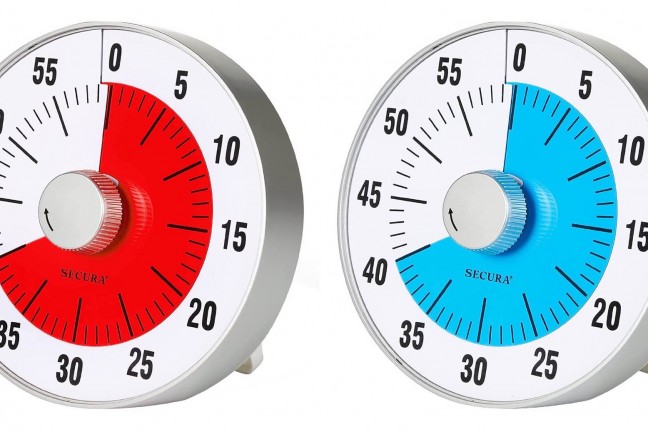

Not blinking enough prevents the eye’s surface from getting the moisture it needs. But when we are concentrating on a screen, studies show that lowers to only 5 to 7 times a minute. We generally blink about 15 times a minute, according to the American Academy of Ophthalmology (AAO). “When you read or look at a screen, you don’t blink as much because you’re trying to absorb the information,” says Dr. The muscles around our eyes can get tired when they focus at the same distance for a long time, whether on screens, writing, or other types of “near work.” Symptoms of eye fatigue include eye discomfort, temporary blurred or double vision, and headaches.

This combination of symptoms is sometimes referred to as computer vision syndrome and may include: The prolonged use of screens without breaks can cause some uncomfortable side effects. But did you know being glued to your computer or phone can also impact your eye health? Summit Health ophthalmologists Ava Huchun, MD, and Vinnie Shah, MD, discuss how excessive screen time can affect your vision and what steps you can take to make sure your eyes stay healthy. You’re probably already mindful of how too much screen time can interfere with physical activity and sleep quality. Adults and adolescents followed with daily increases of 58 and 55 minutes, respectively. Children, from ages 6 to 10, recorded the biggest uptick in screen usage - clocking in an extra 83 minutes a day on average. And to make matters worse, we’re using them more than ever before.Īccording to a recent study, screen time increased across all age groups during the COVID-19 pandemic.

We use smartphones and tablets for work, school, and entertainment. There’s no avoiding it: screen time has become a big part of our daily lives.


 0 kommentar(er)
0 kommentar(er)
